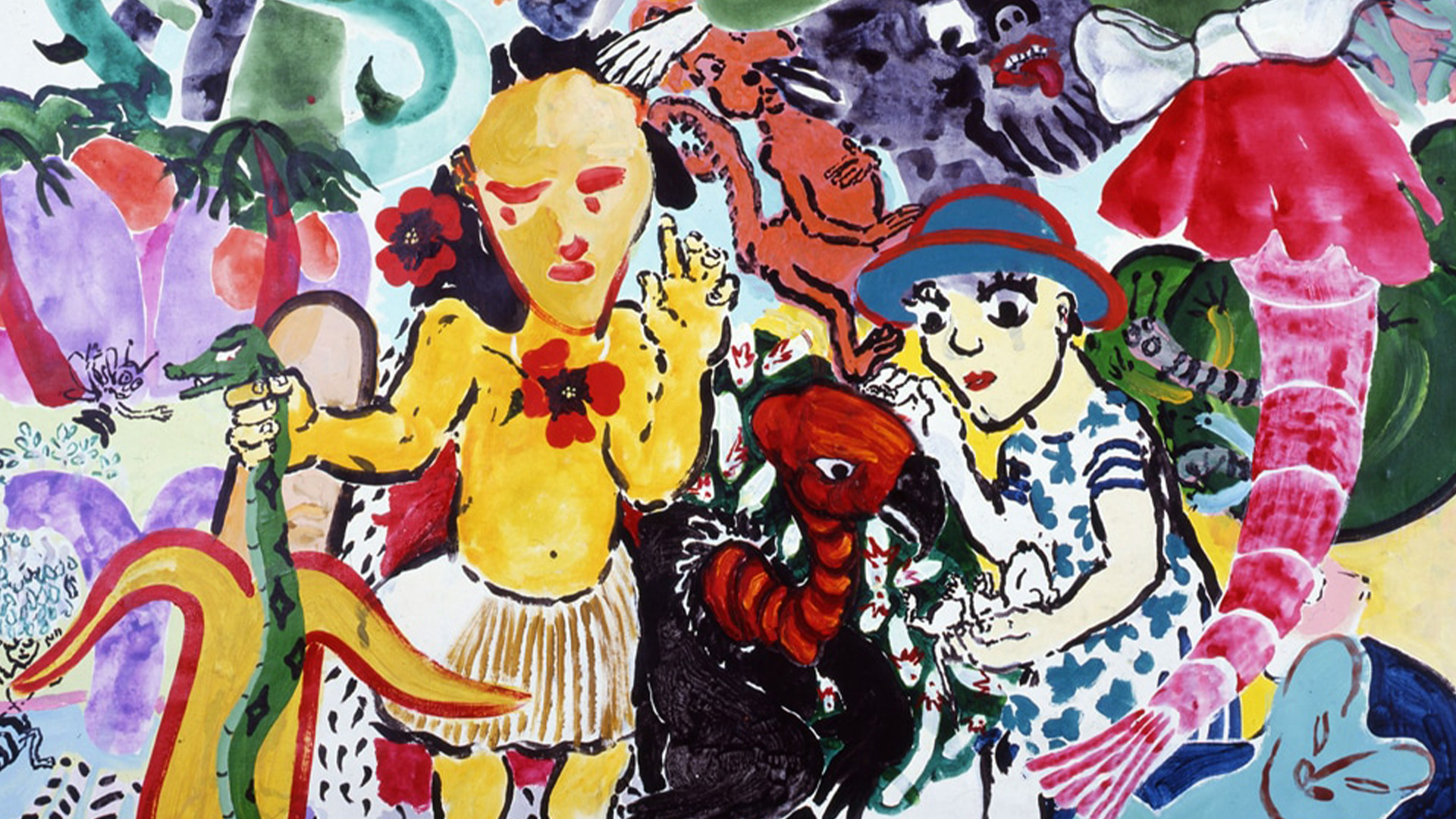Students who visit theSuna and İnan Kıraç Foundation Orientalist Painting Collection, Intersecting Worlds: Ambassadors and Painters and Osman Hamdi Bey exhibitions with a guide are inspired by the portraits in the exhibition. The students learn the portrait drawing technique and design fun portraits using materials such as black cardboard, chenille, and powdered pastels.
Weekday Face-to-face Learning Program
Thursday
10:30-12:00
13:30-15:00
Related Exhibition: Intersecting Worlds: Ambassadors and Painters, Osman Hamdi Bey
Guided tour and workshop participation fee per person for private schools: 200 TL
Guided tours and workshops are free of charge for public schools.
Reservation is required for groups, which should include no less than 10 and no more than 30 participants.

While Paula Rego belatedly was recognised as one of the leading feminist pioneers of her age, little has been written about her exploration of fluid sexuality. Indeed the current of sado-masochism in her drawings and paintings, has tended to encourage an understanding as a classic clash between the patriarchy and exploited women.
Tuesday - Saturday 10:00 - 19:00
Friday 10:00 - 22:00
Sunday 12:00 - 18:00
The museum is closed on Mondays.
On Wednesdays, the students can
visit the museum free of admission.
Full ticket: 300 TL
Discounted: 150 TL
Groups: 200 TL (minimum 10 people)